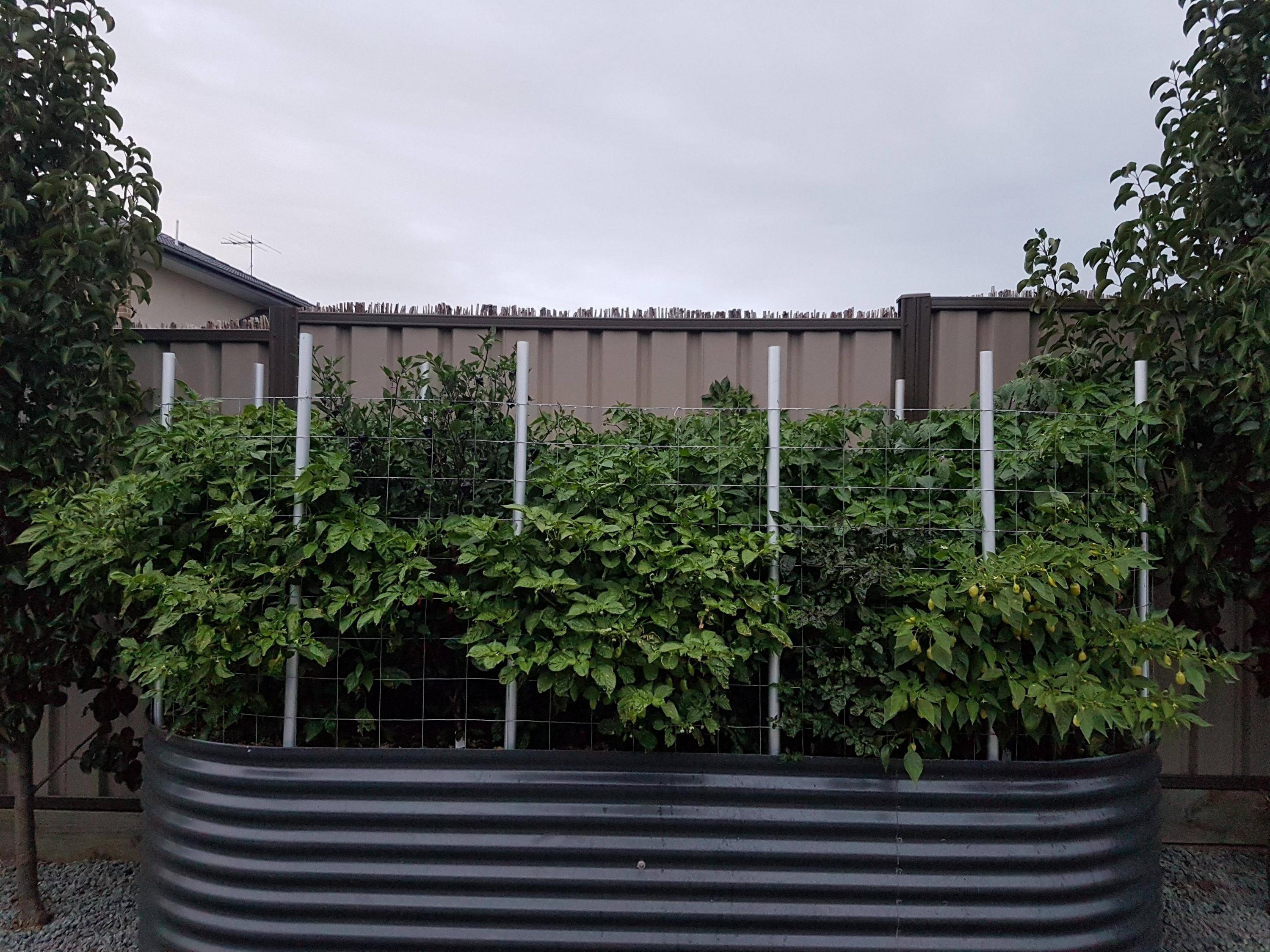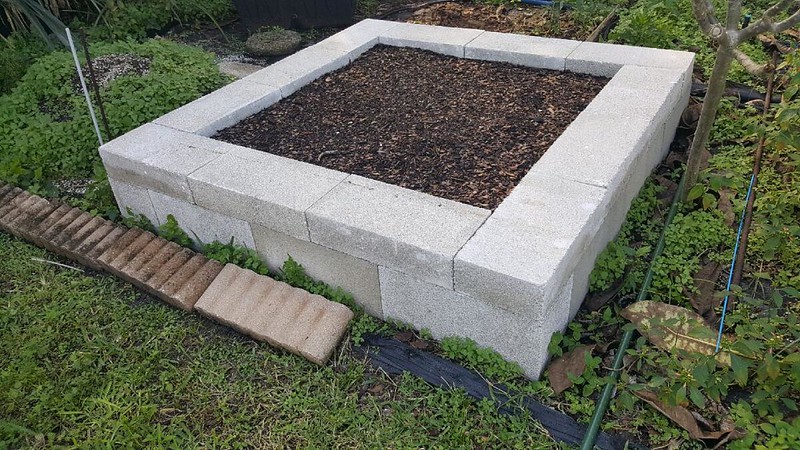I'm preparing for my first grow and several sources recommend 18" deep for an elevated bed. However most of the ones I see are on the ground so if the roots got longer they have a place to go. What would a good depth be for a bed that is off the ground for a variety of pepper types? Was also planning on leaving a 1/4" gap in between the wood slats on the bed bottom and covered with some kind of fabric for drainage... Any suggestions?
Was going to make something like this I found online:

Was going to make something like this I found online:



